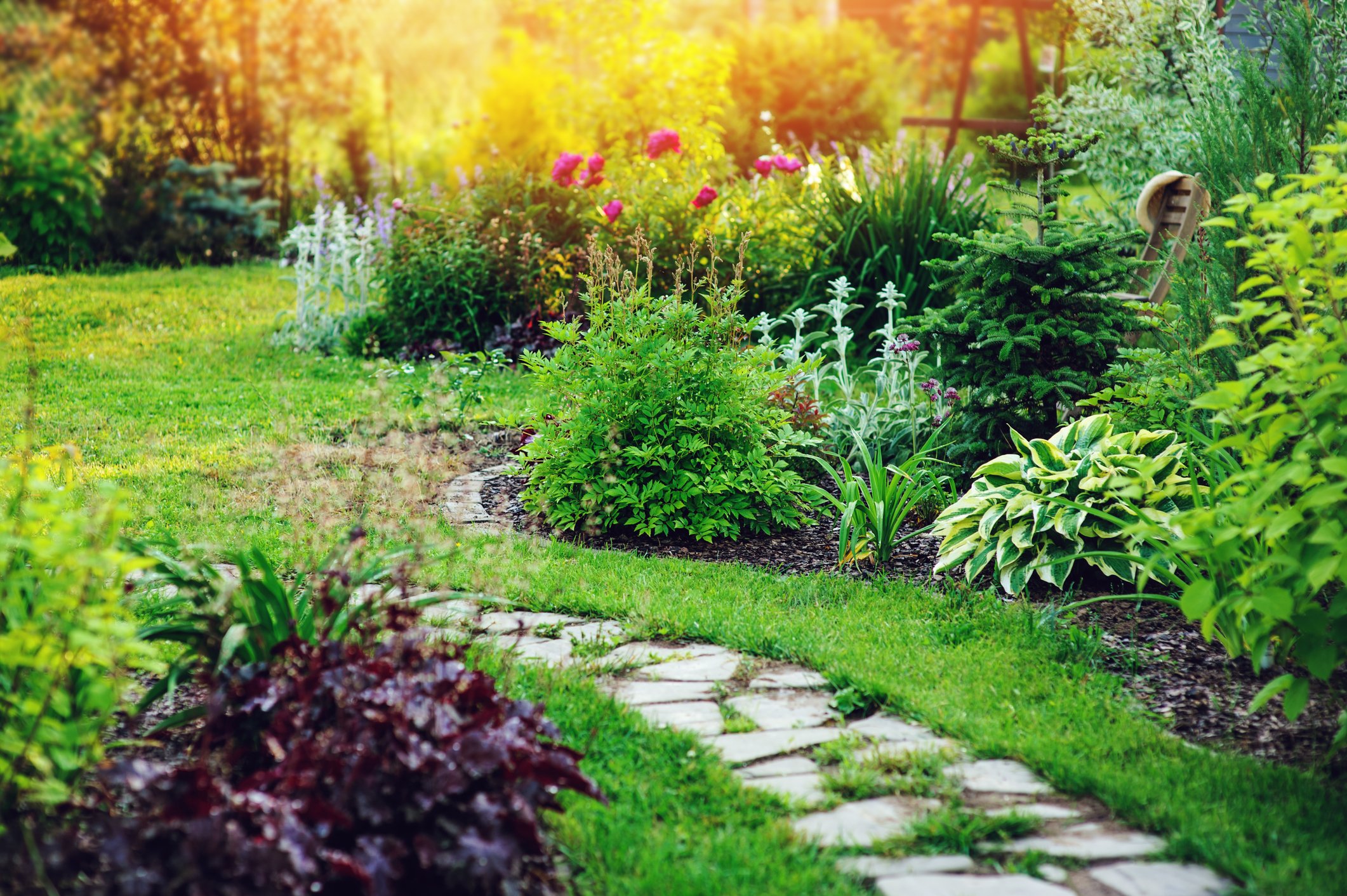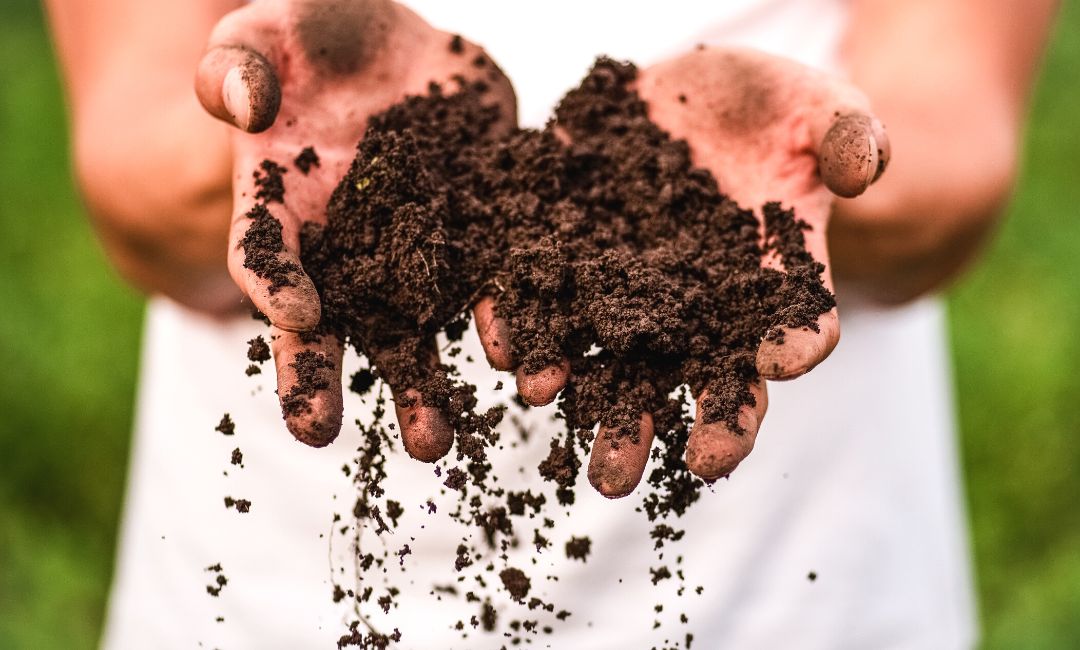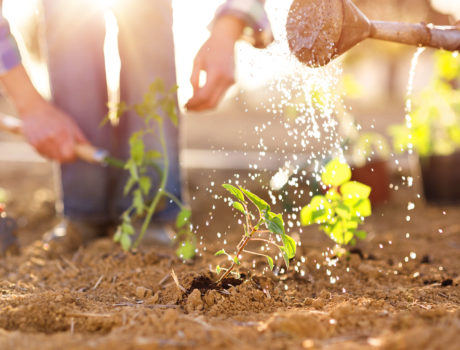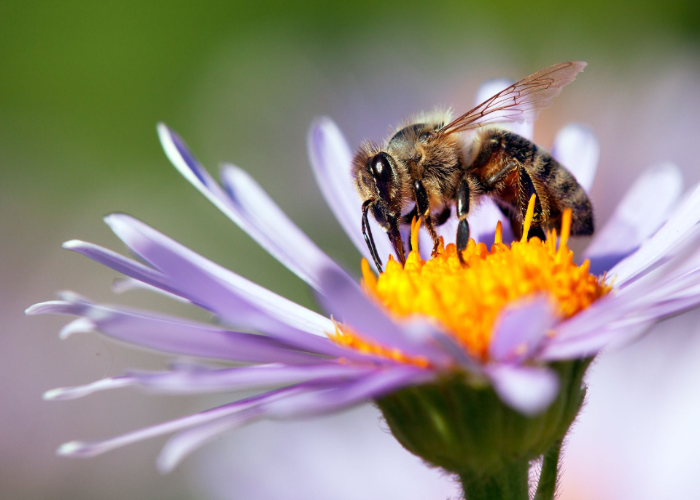Sustainable Gardening Practices: Eco-Friendly Tips for Greener Gardens
Welcome to the lush world of sustainable gardening practices, where every seed planted holds the promise of a greener, more vibrant tomorrow. In an era where environmental consciousness is more critical than ever, sustainable gardening emerges as a beacon of hope, offering eco-friendly solutions to nurture our planet while cultivating beauty and abundance in our own backyards.
What exactly is sustainable gardening? It's not just about growing plants; it's a holistic approach that harmonizes with nature, emphasizing resource conservation, biodiversity preservation, and minimal environmental impact. In this blog post, we'll delve deep into the essence of sustainable gardening practices, explore its key aspects, and unveil a treasure trove of eco-friendly tips for creating greener gardens.
The Essence of Sustainable Gardening:
Imagine a garden where every leaf rustles in harmony with the wind, where each droplet of water is a precious gift, and every creature, from the tiniest insect to the majestic oak, finds its place in the intricate web of life. This is the essence of sustainable gardening – a symbiotic relationship between humans and nature, where the health of the planet is intertwined with the well-being of its inhabitants.
At its core, sustainable gardening is about working with nature, not against it. It rejects the use of synthetic chemicals and pesticides in favour of organic, natural alternatives that nourish the soil and promote biodiversity. It embraces water conservation techniques, harnesses renewable energy sources, and strives to minimize waste through composting and recycling. In essence, sustainable gardening is a journey towards harmony, a dance of co-creation between humans and the natural world.
Key Aspects of Sustainable Gardening:
1. Soil Health:
Healthy soil is the foundation of a thriving garden ecosystem. Sustainable gardeners prioritize soil health by enriching it with compost, organic matter, and beneficial microbes. By nurturing the soil, they create a fertile environment where plants can flourish without the need for synthetic fertilizers or harmful chemicals.
2. Water Conservation:
In a world where water is increasingly scarce, sustainable gardeners are mindful of their water usage. They employ techniques such as drip irrigation, rainwater harvesting, and mulching to minimize water waste and promote efficient hydration for their plants.
3. Biodiversity:
A diverse ecosystem is a resilient ecosystem. Sustainable gardeners celebrate biodiversity by planting a variety of native species, attracting pollinators, and creating habitats for beneficial insects and wildlife. By fostering biodiversity, they create balanced, self-sustaining ecosystems that are less vulnerable to pests and diseases.
4. Energy Efficiency:
From solar-powered garden lights to hand-powered tools, sustainable gardeners harness the power of renewable energy to minimize their environmental footprint. By reducing reliance on fossil fuels and embracing clean energy alternatives, they pave the way for a more sustainable future.
5. Waste Reduction:
Sustainable gardeners are masters of recycling and composting. They repurpose materials, recycle waste, and turn organic matter into nutrient-rich compost to feed their soil. By closing the loop on waste, they minimize their impact on the environment and create a closed-loop system of resource management.
Relevance of Sustainable Gardening Practices:
In a world grappling with climate change, habitat loss, and biodiversity decline, sustainable gardening practices have never been more relevant. They offer a beacon of hope in the face of environmental challenges, empowering individuals to make a positive impact right in their own backyard.
By adopting sustainable gardening practices, we not only reduce our carbon footprint and conserve resources but also contribute to the preservation of biodiversity and the restoration of ecosystems. We create havens for pollinators, sanctuaries for wildlife, and oases of greenery in concrete jungles. In doing so, we not only nurture the health of the planet but also enrich our own lives with beauty, abundance, and connection to the natural world.
Conclusion:
As we wander through the verdant landscapes of sustainable gardening practices, we discover a world of infinite possibilities – a world where every seed planted is a promise of renewal, where every drop of water is a precious gift, and every ray of sunshine is a source of life. In this world, the boundaries between humans and nature blur, and we find ourselves part of a grand tapestry of life, woven together by the threads of sustainability and stewardship.
So, dear readers, as you embark on your journey into the fascinating realm of sustainable gardening practices, remember this: each step you take, no matter how small, has the power to make a difference. Whether you have a sprawling backyard or a tiny balcony, there are endless opportunities to cultivate green and embrace the principles of sustainability in your own patch of earth.
Let your garden be a testament to the beauty of nature, a sanctuary for biodiversity, and a beacon of hope for future generations. Together, let us cultivate a greener, more sustainable world, one garden at a time.








Comments
Post a Comment